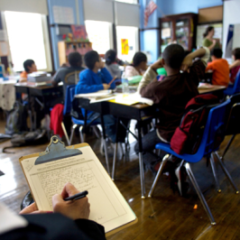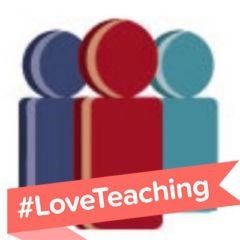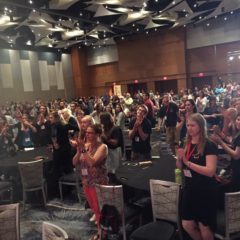I first floated the idea of teaching Claudia Rankine’s book Citizen: An American Lyric at Lincoln on The Nerd Farm podcast. One major point of discussion was that despite being first published in 2014, the urgency of this book is felt on every page. It feels like it was written for this moment.
Within a few short weeks, listeners flooded the mailroom with donated copies. I was a little nervous. I teach about race, class, and gender but I’ve never taught a book like this. I’ve taught poetry but I’ve never experienced a book of poetry that defies what I learned in college. In the back of my mind lingered the most daunting question of all: can I, a white woman, do justice teaching a book about racism, microaggressions,and intersectionality?
Not one to shirk challenge, I talked my student teacher into team-teaching the text. We found exactly three resources for teaching this text–a reading guide from Graywolf Press and two teacher blog posts from higher ed. For one month, my juniors wrestled with the language, structure, and themes of this book.
Despite the unfamiliarity of poetry as a genre and the “untraditional” way Rankine breaks any expectations of form, Rankine is accessible in a high school classroom setting. Every high school student needs to experience poetry, art, and language the way Rankine creates it. This year when I prepped for the unit, I found, more articles from college level classes, and several university teacher guides signaling to me that I’m not the only one feeling the timeliness of this text.
With the rise of hate crimes, public displays of racism and the casual way these are presented by media, I’m especially convinced that now more than ever, students and teachers need to grapple open and honestly with the discomfort of these issues. In particular, white teachers should teach books that make them uncomfortable or are out of their “range of expertise.”
For students of color, they tell me they need this book because it validates their daily existence. They want to read a Black author who excels at the art of language. They want to feel they are not alone.
For white kids, they need to see a black artist at the highest level. They need to be challenged as perpetrators and beneficiaries of white supremacy. They need to consider how intersectionality shifts and shapes power.
For teachers, we need to teach books outside our comfort zones be in content or style. We need to use our platform in the classroom to amplify authors our students might never experience.
For white teachers, we need to create safe spaces to have open and honest discussions about race in America–where we aren’t threatened by disagreement, where students of color feel confident expressing their thoughts, and where we don’t’ “not all white people” the conversation.
Instead of being fearful of these difficult conversations, we need to be brave. No matter what race we are, we need to collectively read and discuss more books like Citizen. Maybe then we will actually do something to loosen the grip of racism on our country.
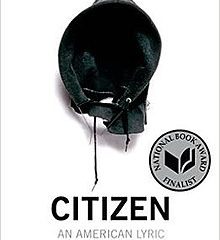
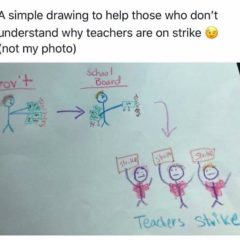

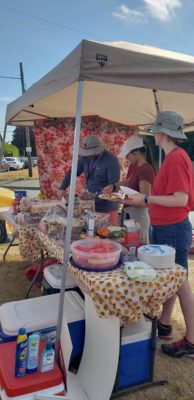
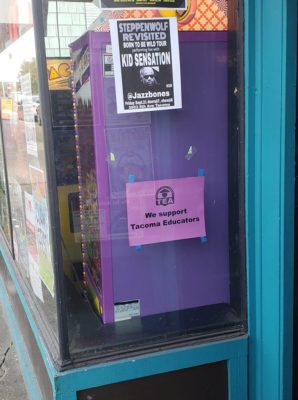



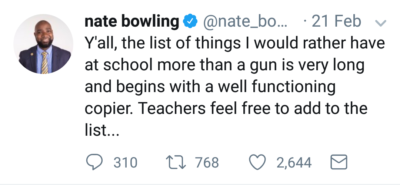
 I laid awake in bed at the Omni Shoreham. Light seeped through the cracks of the door and laughter drifted up from the courtyard. It wasn’t so much the time zone that kept me awake. I couldn’t turn my brain off. I often can’t turn my brain off.=
I laid awake in bed at the Omni Shoreham. Light seeped through the cracks of the door and laughter drifted up from the courtyard. It wasn’t so much the time zone that kept me awake. I couldn’t turn my brain off. I often can’t turn my brain off.=